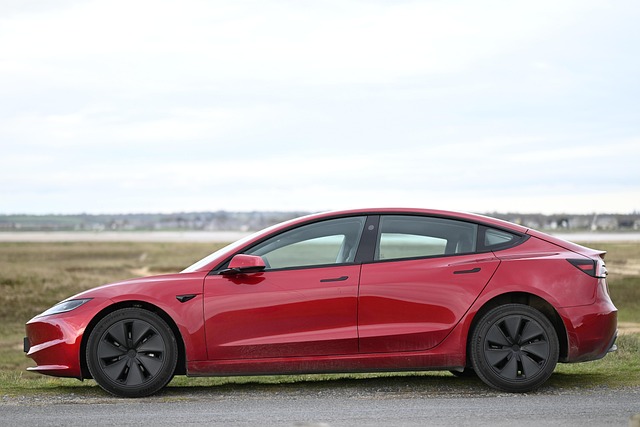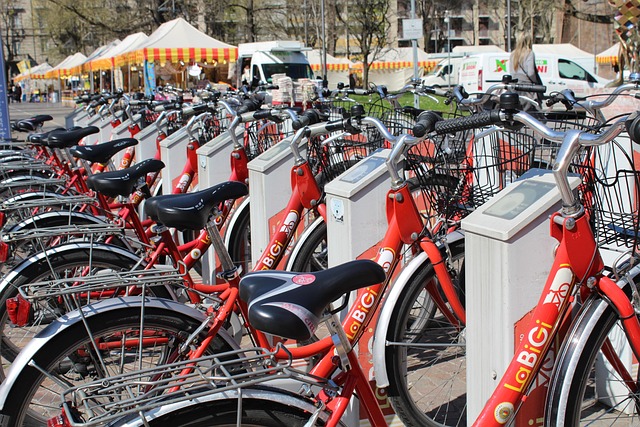Navigating the path towards a sustainable future often brings us face-to-face with the challenge of transportation. We rely on vehicles for everything from daily commutes to moving goods, and this reliance has significant environmental consequences. But what if the very energy propelling us forward could also be the key to a cleaner, more sustainable world? This is where green energy for transportation comes in, offering a way to integrate our need for mobility with our responsibility to the planet.
Sustainable transport isn’t just about replacing one fuel source with another; it’s about creating a system that works in harmony with our environment and communities. This involves looking at everything from electric vehicles powered by renewable energy to sustainable biofuels and exploring options like hydrogen. The goal is to drastically reduce greenhouse gas emissions, improve air quality, and lessen our dependence on fossil fuels. It’s a fundamental shift that rethinks how we connect with places and people.
While sustainable transport is crucial everywhere, its impact on rural development is particularly significant. Rural areas often face unique challenges: longer travel distances, limited access to public transport options, and a greater reliance on personal vehicles for accessing work, services, and markets. Introducing green energy solutions here isn’t just an environmental measure; it’s an economic and social one. Electric vehicles, for instance, can offer lower running costs over time, a significant benefit for rural residents. Furthermore, the development of charging infrastructure can create local jobs and stimulate economic activity.
The true power lies in integration. It’s about connecting renewable energy generation (which rural areas are often rich in, thanks to potential for solar, wind, or biomass) with transportation needs. Imagine a farm powered by solar panels that also charges the farmer’s electric tractor or a community wind turbine that supplies power for local electric buses. This creates a more resilient, self-sufficient system. It involves integrating new technologies with existing infrastructure, linking energy policy with transport planning, and ensuring that these solutions are accessible and affordable for everyone, regardless of where they live.
Bringing green energy to transportation, especially in rural settings, requires thoughtful planning and investment. It means building charging networks in less populated areas, supporting the transition for businesses reliant on transport, and perhaps exploring innovative solutions tailored to specific rural needs, like electric utility vehicles or shared mobility services powered by renewables. It’s about weaving these sustainable threads into the fabric of rural life, ensuring that progress towards a greener future doesn’t leave anyone behind but actively contributes to their prosperity and connectivity.




